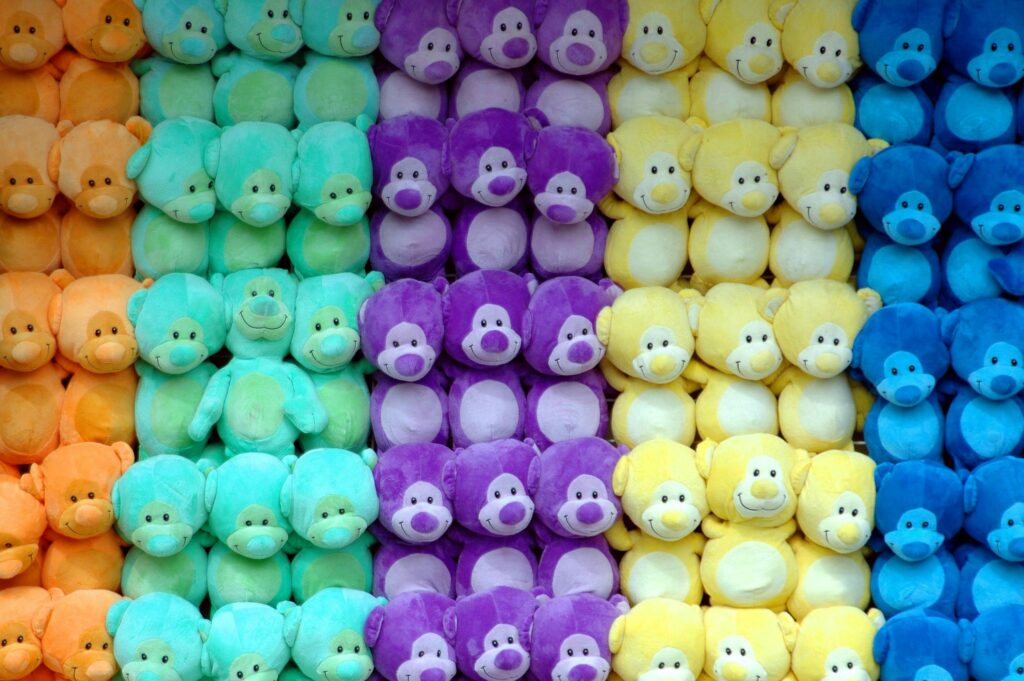Introduction
“Totally Wackadoodle” has become a buzzword, captivating the imagination of readers and internet users alike. This peculiar term has been spotlighted by the New York Times (NYT), generating discussions, memes, and a considerable amount of curiosity. But what exactly does “Totally Wackadoodle” mean? And why has it garnered so much attention? In this article, we will explore the origins, usage, cultural impact, and broader implications of “Totally Wackadoodle.”
The Origins of “Totally Wackadoodle”
Definition and Initial Usage
“Totally Wackadoodle” is an informal term that combines “wacky” and “doodle,” suggesting something utterly crazy or absurd. Its initial usage can be traced back to casual conversations, where people used it to describe bizarre situations or behaviors.
Emergence in Popular Culture
The term gained traction in popular culture through social media and entertainment. Comedians, bloggers, and influencers started using “Totally Wackadoodle” to emphasize the outlandishness of various topics. This usage caught the attention of mainstream media, including the New York Times.
“Totally Wackadoodle” in the New York Times
NYT’s Role in Popularizing the Term
The New York Times played a significant role in bringing “Totally Wackadoodle” to the forefront. By incorporating the term in headlines and articles, the NYT sparked widespread interest. Their coverage often highlighted bizarre news stories, quirky trends, and unusual events, labeling them as “Totally Wackadoodle.”
Examples from NYT Articles
One notable example is a story about an eccentric inventor who created a machine that makes sandwiches in the shape of cartoon characters. The NYT headline read, “Totally Wackadoodle: Inventor’s Sandwich Machine Brings Joy and Confusion.” Another instance involved a bizarre fashion trend where people wore shoes on their hands, with the headline, “Fashion Takes a Totally Wackadoodle Turn with Hand Shoes.”
The Cultural Impact of “Totally Wackadoodle”
Memes and Social Media
Following the NYT’s use of “Totally Wackadoodle,” the term quickly spread across social media platforms. Memes featuring outlandish scenarios labeled as it went viral, further embedding the term in online culture. Twitter users started hashtags like #TotallyWackadoodleMoments to share their own experiences of absurdity.
Influence on Language
“Totally Wackadoodle” has also influenced everyday language. People now use the term to describe not only bizarre events but also anything that deviates from the norm. Its playful and exaggerated nature makes it a fun addition to conversations, adding a touch of humor and whimsy.
References in Entertainment
Television shows and movies have also picked up on the term. Characters in sitcoms use it to describe their misadventures, while animated series incorporate it into their scripts for comedic effect. This integration into entertainment has helped cement the term’s place in contemporary culture.
Broader Implications of the “Totally Wackadoodle” Phenomenon
Reflection of Societal Trends
The popularity of “Totally Wackadoodle” reflects a broader societal trend towards embracing the unconventional. In a world where traditional norms are constantly being challenged, the term captures the spirit of breaking boundaries and celebrating the eccentric. It encourages people to find joy in the unexpected and to view the world through a lens of curiosity and amusement.
The Role of Media in Shaping Language
The rise of “Totally Wackadoodle” also highlights the media’s role in shaping language. By adopting and promoting certain terms, media outlets like the NYT can influence how people communicate. This phenomenon showcases the power of language to evolve and adapt, reflecting the dynamic nature of culture and communication.
Potential Downsides
While “Totally Wackadoodle” adds a layer of fun and creativity to language, it also has potential downsides. Overuse of the term may lead to it losing its impact and becoming a cliché. Additionally, labeling serious issues as it might trivialize them, undermining the gravity of certain situations. It’s essential to balance the use of such terms to maintain their effectiveness and appropriateness.
The Future of “Totally Wackadoodle”
Continued Evolution
As with any slang or catchphrase, it will continue to evolve. Its usage may expand into new contexts, or it might be replaced by a new term that captures the zeitgeist. The future of it will depend on its adaptability and the creativity of those who use it.
Possible Variations
New variations of the term may emerge, each with its unique twist. Phrases like “Utterly Wackadoodle” or “Completely Wackadoodle” might gain popularity, adding to the term’s versatility. These variations will keep the concept fresh and relevant in different contexts.
Enduring Legacy
Regardless of its future, “Totally Wackadoodle” has left an indelible mark on popular culture. Its impact on language, media, and society underscores the importance of embracing the quirky and unusual. The term’s legacy will continue to inspire creativity and humor in the way we communicate.
Conclusion
“Totally Wackadoodle” is more than just a quirky phrase; it’s a reflection of our culture’s fascination with the bizarre and the unconventional. From its casual beginnings to its prominence in the New York Times, the term has captured the imagination of people worldwide. Its influence on language, social media, and entertainment demonstrates the power of a single phrase to shape our perception of the world. As we continue to encounter the “Totally Wackadoodle” moments in life, we are reminded to embrace the unexpected and find joy in the absurd.



